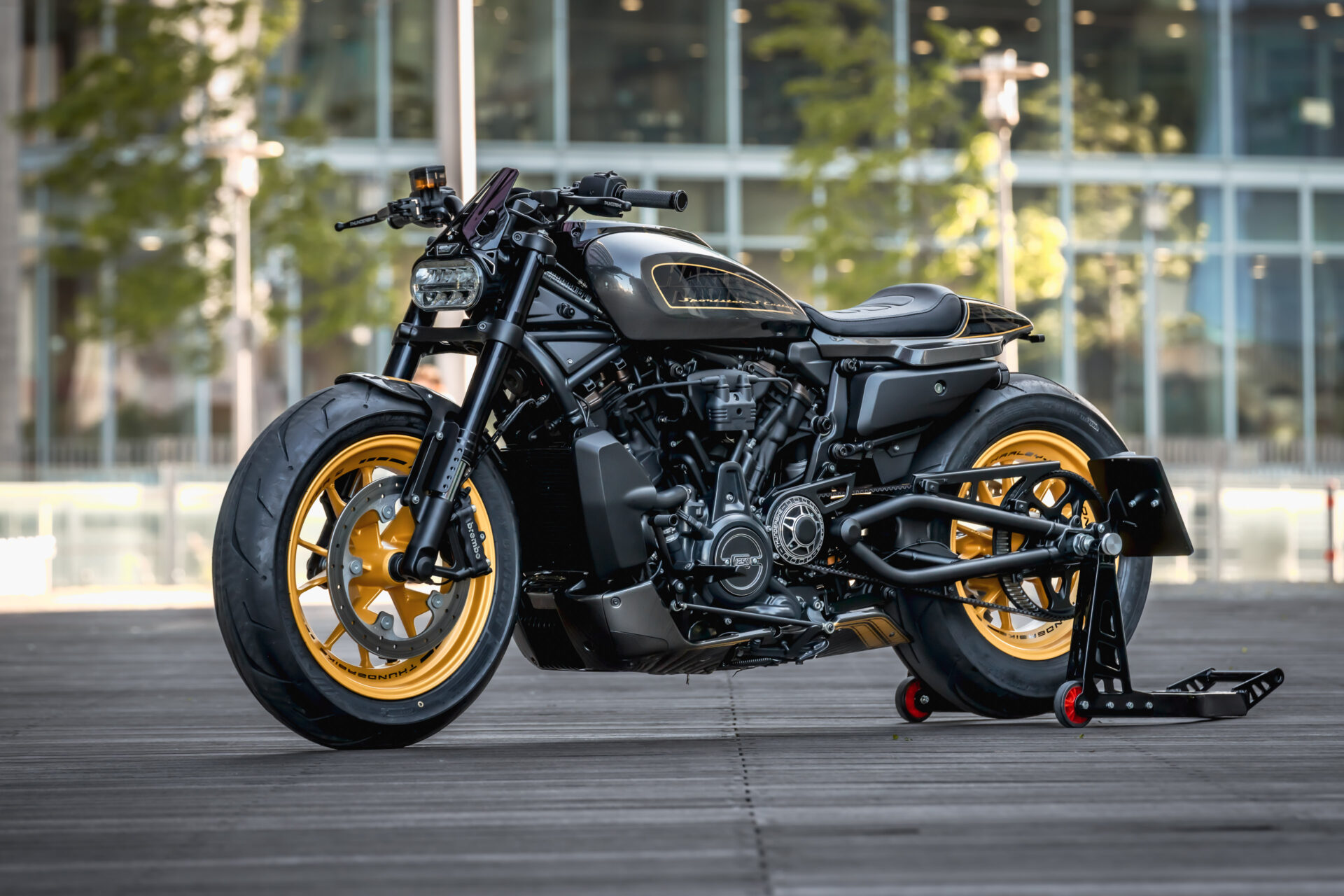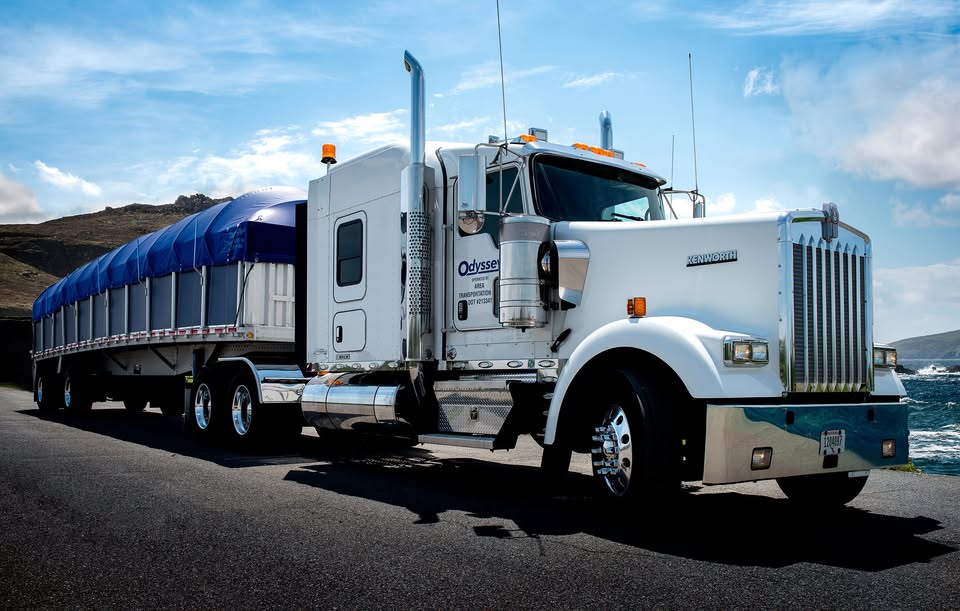For over a century, harley davidson frame types has built more than just motorcycles—they’ve built an icon of American freedom and rebellion. At the heart of every Harley lies its frame, the fundamental structure that influences performance, ride quality, and the overall character of the bike. In this guide, we’ll delve into the various Harley-Davidson frame types—from the Softail and Sportster to Touring, Dyna, V‑Rod, and Trike—exploring their unique characteristics, history, and the type of rider each frame best suits.
The Role of the Frame in a Harley-Davidson
A motorcycle’s frame is its backbone. It supports the engine, connects the suspension components, and determines the bike’s geometry. In harley davidson frame types lineup, each frame type is designed with a specific riding experience in mind. Whether you’re cruising the open highway, darting through city traffic, or embarking on a long-distance tour, the frame plays a crucial role in your comfort and control. Over the years, Harley davidson frame types has continuously evolved its frame designs to marry classic styling with modern performance features.
Softail Frame
History and Design
Introduced in 1984 with the FXST Softail, the Softail frame was Harley-Davidson’s answer to riders who desired the classic hardtail look without sacrificing comfort. At first glance, Softails appear to have a rigid, hardtail design. However, hidden beneath their clean lines is a sophisticated rear suspension system—a swingarm with a concealed shock absorber. This ingenious design provides a smooth ride while preserving the iconic, stripped-down look Harley riders love.
According to SlashGear, Softails have evolved over decades, incorporating improvements like rubber-mounted engines and refined Twin Cam technology, all while maintaining a low seat height and classic aesthetic.
Riding Experience
The Softail frame offers a balance between style and ride comfort, making it an ideal choice for urban cruising and weekend getaways. Riders appreciate its stable handling and the nostalgic feel of a vintage Harley combined with modern suspension benefits. Its versatility and room for customization have made the Softail one of the most popular models in Harley’s lineup.
Sportster Frame
History and Design
Launched in 1957 with the Sportster XL, the Sportster frame was developed to compete with British motorcycles like Triumph and Norton. Drawing on design elements from earlier models, the Sportster was introduced with a new engine—the Ironhead—which became synonymous with the series. Over time, the Sportster frame evolved to become lighter and more agile.
As noted by sources such as Mancuso Harley-Davidson Central, the Sportster’s compact design, low seat height, and nimble handling make it an excellent entry-level option and a favorite among riders seeking a spirited, urban riding experience.
Riding Experience
Sportsters are celebrated for their responsiveness and ease of handling, especially in stop-and-go traffic or on winding back roads. Their lighter weight and simple design provide a direct connection to the road, making them ideal for new riders or those who prefer a bike that feels agile and fun without excessive bulk.
Touring Frame
History and Design
For riders whose journeys span hundreds of miles, the Touring frame is built for endurance and comfort. Originating in 1941 with the FL model, the Touring frame was engineered to accommodate powerful Big Twin engines, large fuel tanks, and extensive storage—all designed to support long-distance travel. Over the years, Touring models have been enhanced with features like fairings, windshields, and advanced suspension systems.
The Rock Harley-Davidson article explains that Touring frames are broader and heavier, providing stability on highways and comfort during extended rides. Innovations over the years, such as improved engine mounting and air-adjustable shocks, have continually refined the touring experience.
Riding Experience
Touring bikes offer a plush ride, with features tailored for long-haul adventures. Riders benefit from a comfortable seating position, ample luggage space, and suspension systems that absorb road imperfections. These models are perfect for riders who plan on crossing the country, whether for leisure or adventure.
Dyna Frame
History and Design
Introduced in 1991 with the Dyna Glide, the Dyna frame represented a fusion of the performance attributes found in the Sportster with the comfort and style of Touring bikes. The Dyna frame was known for its exposed rear shock absorbers and a design that offered both aggressive styling and enhanced cornering capabilities.
Enthusiasts appreciated the Dyna for its raw, customizable appeal. However, Harley-Davidson discontinued the Dyna platform in 2017, with many models transitioning into the Softail family for the 2018 model year.
Riding Experience
The Dyna frame is ideal for riders seeking a balance of performance and style. Its agile handling makes it a fun choice for spirited rides on twisty roads, while its robust build delivers enough comfort for longer rides. Although no longer in production as a separate platform, Dyna models remain popular on the used market for their distinct, customizable character.
V-Rod Frame
History and Design
The V-Rod frame was a bold departure from Harley-Davidson’s traditional designs. Introduced for the 2002 model year, the V-Rod featured a liquid-cooled engine developed in collaboration with Porsche, along with dual overhead camshafts for a significant performance boost. This frame was engineered to deliver high speeds and a more aggressive riding stance, setting it apart from Harley’s classic V-Twin lineup.
Over time, the V-Rod underwent various revisions—becoming heavier and sleeker—before being discontinued in 2018.
Riding Experience
V-Rod models cater to riders who crave performance and a modern aesthetic. They offer an adrenaline-pumping experience with advanced technology and a forward-leaning riding position that appeals to those who appreciate a high-speed, sporty ride. Although the V-Rod is no longer in production, its legacy continues to influence Harley’s design philosophy.
Trike Frame
History and Design
Harley-Davidson’s Trike frames represent the most distinct and unconventional approach to motorcycle design. The company’s first trike emerged in the early 1900s, initially as a motorcycle with a sidecar. Over the decades, Harley refined the trike design, with the modern version debuting in 2009 featuring two rear wheels and a single front wheel.
Trikes are engineered for stability and comfort, particularly for riders who prefer a more relaxed, seated riding position without the balancing challenges of a two-wheeled motorcycle.
Riding Experience
Trikes offer a unique riding experience that blends the freedom of a motorcycle with the stability of a three-wheeler. They are particularly appealing for long-distance touring, providing extra storage and a smoother ride. However, their wider frames can make them less maneuverable in tight spaces. Trikes are often favored by riders who prioritize comfort and stability over agile performance.
Choosing the Right Frame for Your Riding Style
When selecting a Harley-Davidson motorcycle, the frame type is one of the most important factors to consider. Ask yourself these questions:
- What type of riding do you plan to do most?
If you’re primarily riding in urban areas with stop-and-go traffic, a Sportster may suit you best. For long road trips, a Touring or Trike model offers the comfort and storage you need. - How important is customization to you?
If you love to tinker and personalize your ride, Softail and Dyna frames have long been popular choices among customizers. - What is your comfort level with weight and size?
New riders often benefit from the lighter, more manageable Sportster frame, while experienced riders may prefer the stability and performance of Touring or V-Rod models. - Do you value performance or comfort more?
The V-Rod frame leans heavily into performance with its high-speed capabilities, whereas the Touring frame is all about long-distance comfort and load-carrying capacity.
By weighing these factors, you can better determine which Harley-Davidson frame aligns with your needs and preferences.
Conclusion
Harley-Davidson’s diverse range of frame types ensures that there’s a bike for every kind of rider. Whether you’re drawn to the classic comfort of the Softail, the agile responsiveness of the Sportster, the long-haul capability of the Touring frame, the raw performance of the now-discontinued Dyna, the modern edge of the V-Rod, or the stability and uniqueness of the Trike, each frame tells a part of Harley’s storied history. Understanding the distinct features and design philosophies behind each frame type can help you choose the perfect Harley that not only meets your riding style but also connects you to the rich legacy of this iconic brand.
As Harley-Davidson continues to evolve, blending tradition with innovation, the frame remains a fundamental element that defines the riding experience. By considering your personal riding needs and priorities, you can select a frame that feels like a natural extension of your passion for the open road.
Whether you’re a seasoned rider or a newcomer to the world of Harleys, this comprehensive guide serves as a resource to navigate the legacy and innovation found in every frame. Choose wisely, ride safely, and enjoy the journey on a Harley that perfectly fits your style and spirit.




